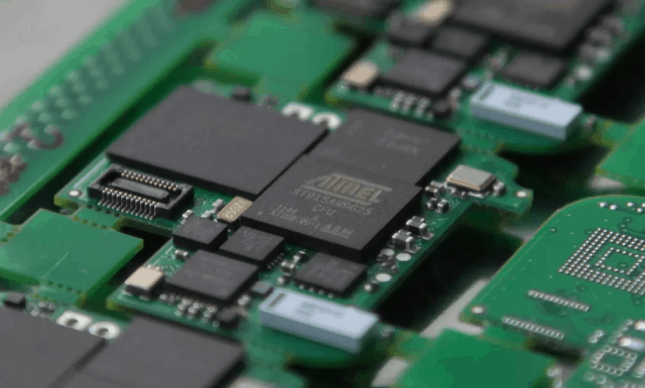

Today, we will introduce four testing methods for PCBA after SMT placement: First Item Inspection, LCR Measurement, AOI Inspection, and Flying Probe Testing.
1. The First Item Inspection system is an integrated system that allows direct input of the production BOM into the system. The built-in testing units will automatically test the first article prototype and compare it with the input BOM data to confirm whether the produced first article prototype meets quality requirements. This system is convenient, with an automated testing process that can reduce errors due to human factors. It can save labor costs, but it requires a significant initial investment. It is widely used in the current PCB SMT industry.
2. LCR Measurement is suitable for some simple circuit boards with fewer components, no integrated circuits, and only components mounted on the board. After the placement is completed, there is no need for reflow. Directly use the LCR to measure the components on the circuit board and compare them with the rated values of the components on the BOM. If there are no abnormalities, formal production can begin. This method is widely adopted due to its low cost (as long as there is an LCR instrument, the operation can be performed).
3. AOI Inspection is very common in the SMT industry and is suitable for all circuit board production. It mainly determines the soldering issues of components through their physical characteristics and can also determine whether there are any wrong component issues on the circuit board by checking the color of the components and the silk screen on the ICs. Basically, every SMT production line will be equipped with one to two AOI devices as standard.
4. Flying Probe Testing is usually used in small batch production. Its characteristic is convenient testing, strong program variability, and good universality, which can basically test all types of circuit boards. However, the testing efficiency is relatively low, and the testing time for each board will be long. This test needs to be conducted after the product has passed through the reflow oven. It mainly determines whether there are short circuits, open soldering, or wrong component issues in the circuit board by measuring the resistance between two fixed points.
Next we will learn other three testing ways about PCBA.